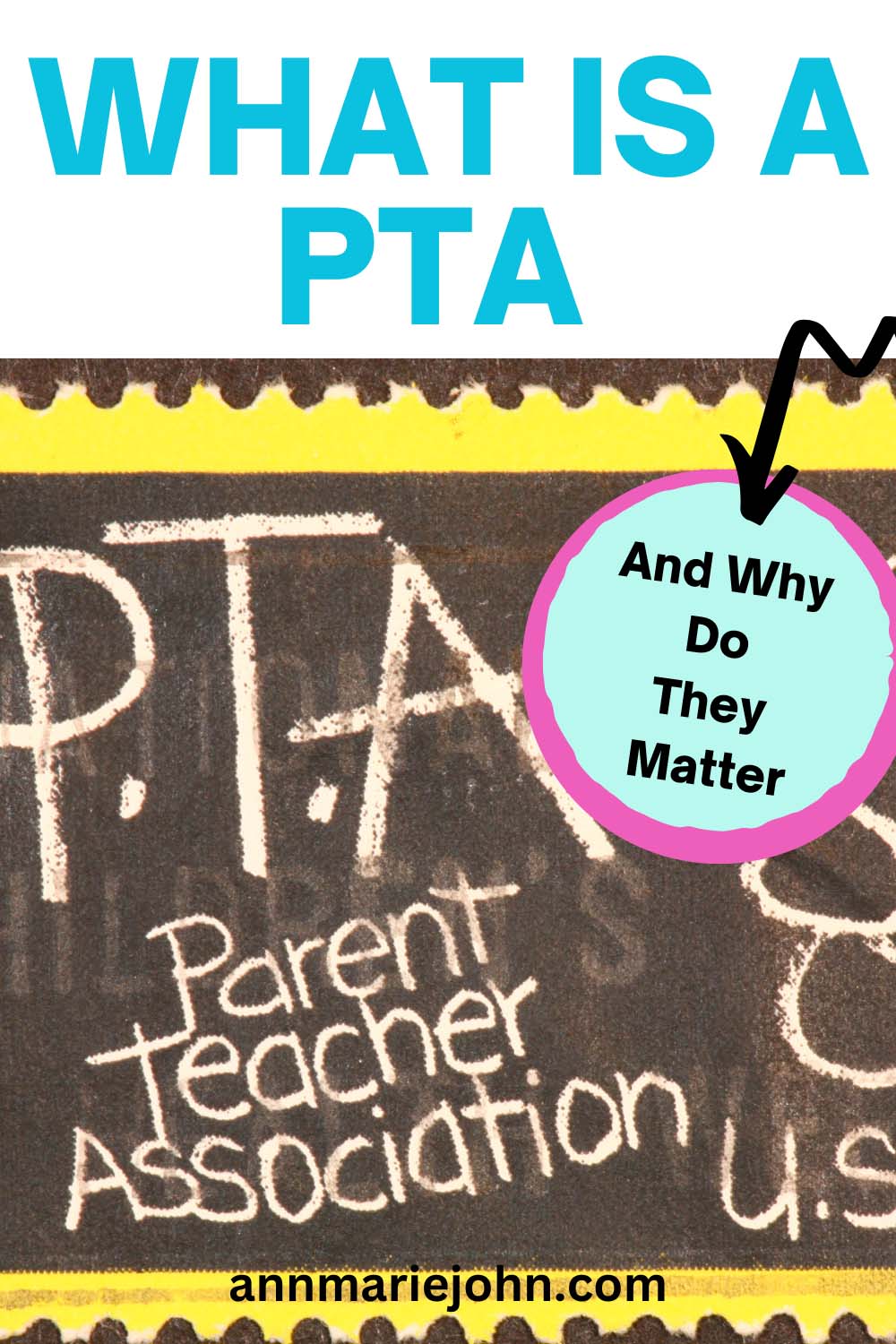Whether you are an educator, a parent, or both, you know the importance of both roles in a child’s development and education. The more the parents and educators communicate, work together, and support each other, the better the children’s experience.

We will look at Parent Teacher Associations (PTAs) and explain why they are so important to the educational experience of school-age children. We will also discuss Parent Teacher Organizations (PTOs) and explore the difference between these groups.
Finally, we will have a look at the funding for PTAs and PTOs. By the end of this quick guide, you will have a much better understanding of the role of parents and educators in a child’s learning process.

What is PTA?
A PTA, or Parent Teacher Association, is a group of teachers and parents who come together on a voluntary basis to try to effect positive change in the education system. Parents who take part in the PTA are unpaid volunteers who want to improve the school experience of their children. Often, parents need to pay a fee to sit on the PTA.
PTAs are the only organizations associated with the National Parent-Teacher Association. Any other teacher-parent collaborative group is a PTO. Some of the activities the PTA gets involved with include voting on policy changes, supplying classrooms, coordinating volunteers, school maintenance, fundraising, and event organizing.
What is PTO?
PTO stands for Parent Teacher Organization. You may think these two phrases can be used interchangeably, but they are different. A PTO is any group of parents and teachers who collaborate to help improve the school environment. Technically, PTAs are PTOs, as they fit under this umbrella term. However, not all PTOs are PTAs.
Other common types of PTO include PCC (Parent Communication Council), HSA (Home & School Association), PTG (Parent Teacher Group), and PTC (Parent Teacher Club). Open, frequent, and positive communication between parents and teachers is crucial for the development of children. This provides a stable environment for kids where their parents and teachers are on the same page and working together to ensure the best outcome for the children.
The Difference Between a PTA and PTO
Both kinds of groups get involved with similar activities, such as fundraising, event organizing, and school maintenance. The main difference between PTAs and PTOs is that a PTA is affiliated with a national association. Meanwhile, the other kinds of PTO are not. You can look into PTA vs PTO meaning and how they differ in more detail online. But the affiliation with the National Parent Teacher Association is the essential distinction.
Due to the PTAs’ affiliation with the NPTA, they have to comply with the NPTA’s policies and regulations. Members of a PTA are state constituents of the NPTA and are supplied with affiliation requirements. These requirements include supporting the NPTA’s public positions and advocacy priorities.
On the other hand, the other kinds of PTO are independent bodies. As self-regulatory groups, they can decide for themselves what their public positions are, set their own policies and determine their own priorities. Regardless, both kinds of groups aim to support teachers and provide a better school experience for all learners.
Why PTAs Matter for School Experience
The association and collaboration of parents and teachers matters so much for the school experience because these are the main adults in children’s lives. By sharing ideas, observations, and experiences, teachers and parents can hone their knowledge and expertise to design a school system that works for their children.
Parents can provide valuable insight from a home perspective about what is working and what is not quite right in the school system. Moreover, parents can decide with teachers how the information will be represented so children can have a cohesive experience. In fact, many teachers will tell you that parents are the first educators of the child. This means parents play a huge role in their children’s education. The more cohesive the home environment is with the school program, the more the child stands to learn.
Parents and teachers should all be very switched on to their children’s feelings and energy levels. They should also listen and seriously note what their kids are saying about school and their learning experiences. Children are likely to speak slightly differently to their parents and teachers. But by sharing these insights, teachers and parents can work together for the best results for their kids. This is how a PTA can improve the school experience, at a local and national level.
Funding for PTAs and PTOs
PTAs and PTOs receive their funding from fundraisers. A PTA is obliged to share some of the funds it raises with the NPTA. This then benefits nationwide initiatives and efforts to improve the school experience of kids. Meanwhile, other PTOs can decide what to do with the money they fundraise. They can choose to support nationwide projects or keep their funds in the school and local district.
Generally speaking, both PTAs and PTOs aim to improve the school experience for young people. A PTA will be more inclined to help on a nationwide level, as their funding is shared in this way, while another kind of PTO is more likely to focus its energy on local initiatives and children. This comes down to where the funding came from and who the PTOs want to help and support.
In Conclusion
Now that you have read this simple guide to understanding PTAs, you should have a good idea of what this kind of group is and does. All PTAs are affiliated with the NPTA, meaning they need to comply with the NPTA’s policies. Meanwhile, the other kinds of PTOs can set their own agendas. The idea of PTAs matters so much because parents are the first educators of the child.
Parents and teachers have to work together to give a child a consistent, well-rounded, and comprehensive education. The school experience should be as smooth, seamless, and supportive as possible for children. PTAs are more likely to use their funds on a national level to support children while other kinds of PTO tend to support their local communities more.
